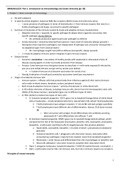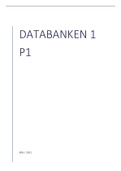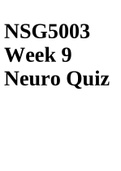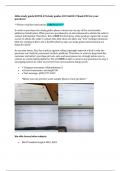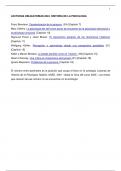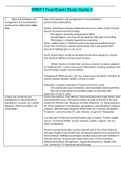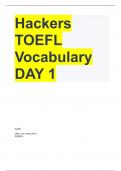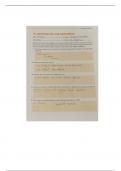Samenvatting
Samenvatting Immunology (I0I20a)
- Instelling
- Katholieke Universiteit Leuven (KU Leuven)
Bio-Ingenieurwetenschappen, Master Cellular and Genetic Engineering. De powerpoint, samen met goede lesnotities worden samengevat tot een soort van cursus/samenvatting. Het volgt dus de structuur van de powerpoints! Prof: Jan Paeshuyse Behaald: 1ste zittijd, 17/20
[Meer zien]
